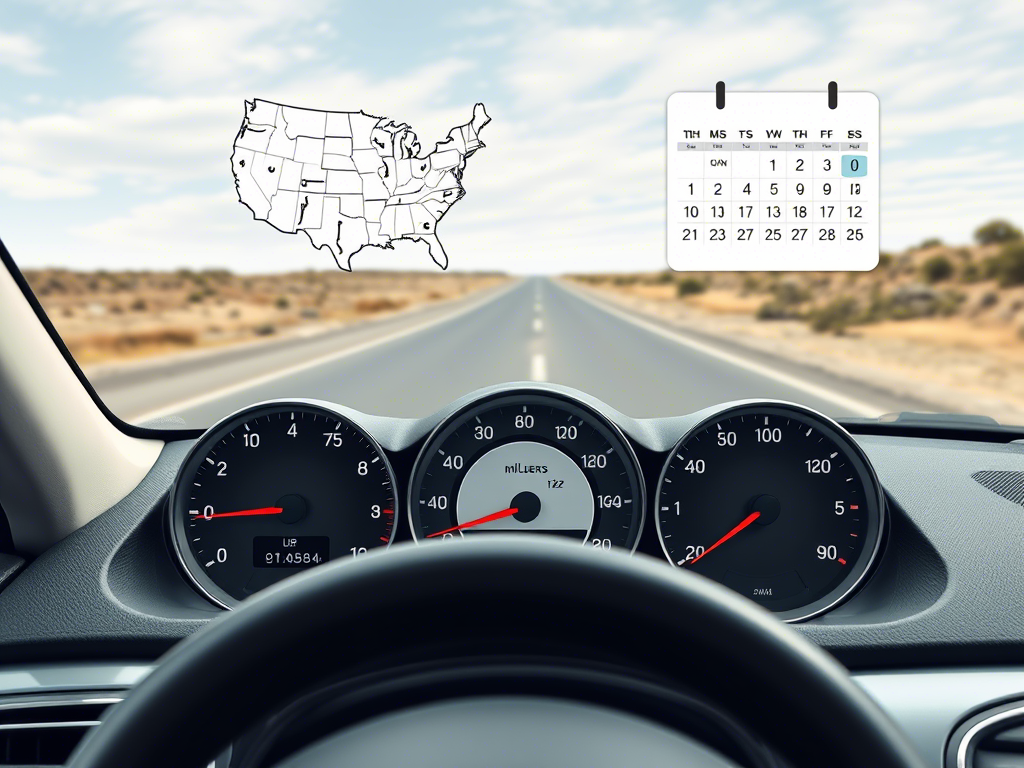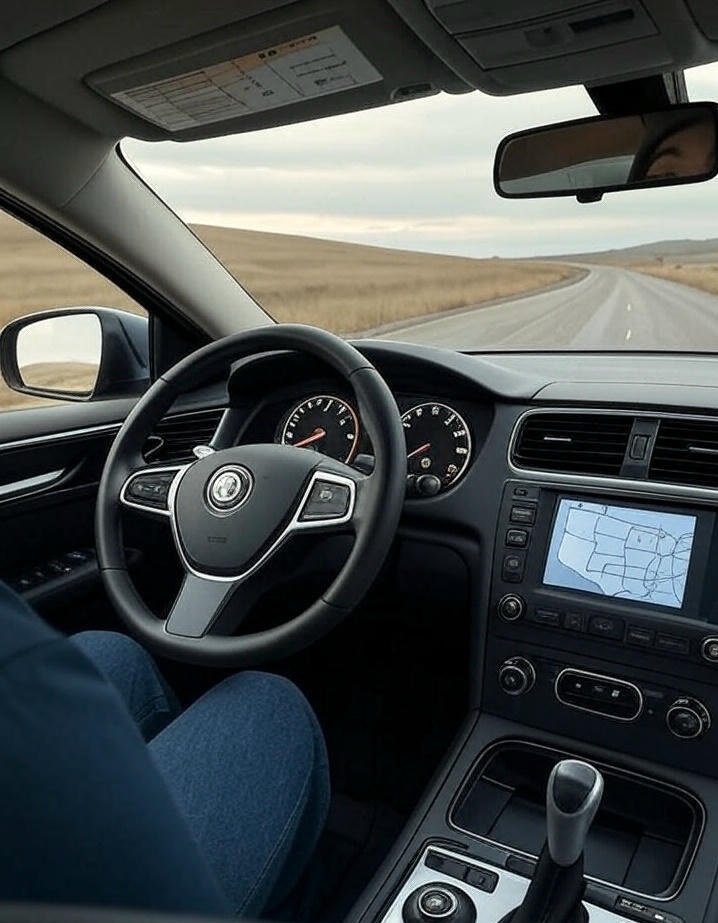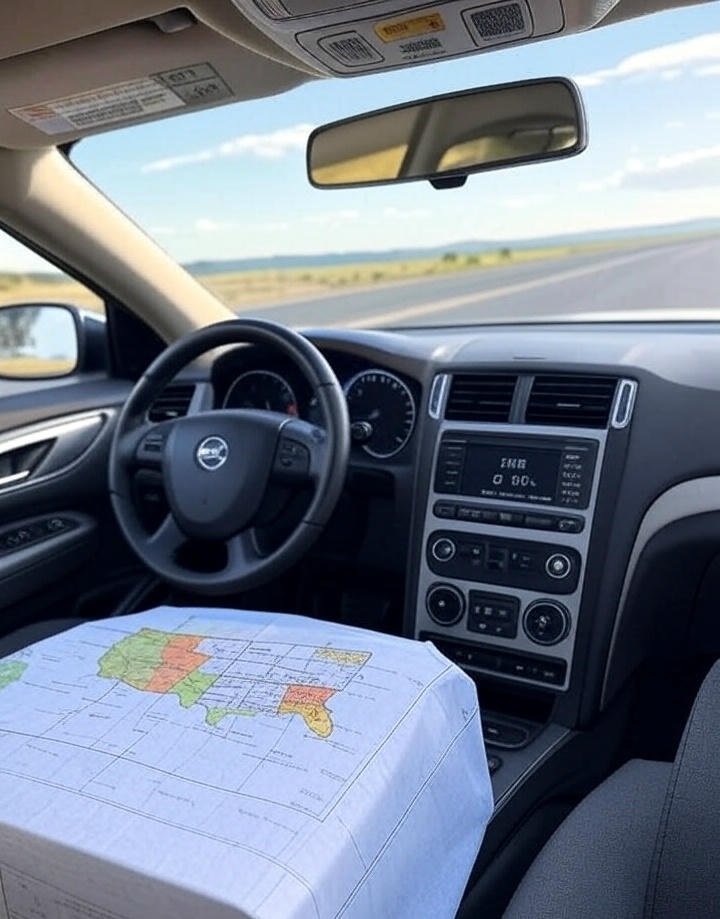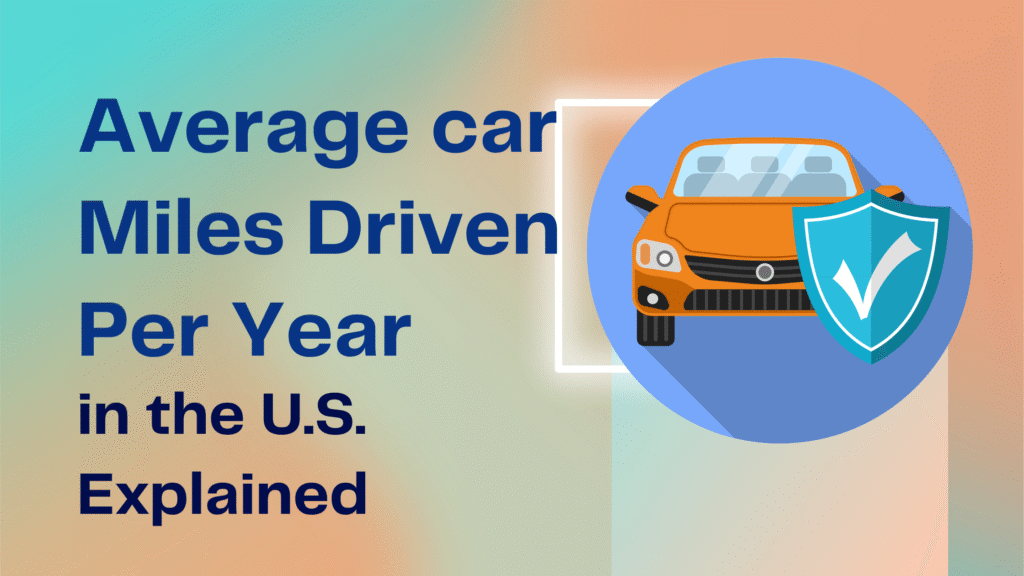Ever wonder how many miles the average American puts on their car each year? Maybe you’re trying to figure out if your driving habits are above or below average. Or maybe you’re shopping for car insurance and noticed that mileage plays a big role in your rates. Whatever the reason, you’re not alone.
In this post, we’ll break down how many miles people are driving per year in the United States, what factors influence those numbers, and why insurance companies care so much. We’ll also share real-life examples, helpful stats, and answer trending questions people are asking right now.
Top 5 Trending Questions About Driving Car Mileage in the U.S.
Here are the most frequently asked questions about Driving Car Mileage in the U.S., based on what drivers just like you are googling right now.
Disclaimer: We are not a financial adviser; please consult one.
Answer: It’s about 13,476 miles per person annually, according to the Federal Highway Administration.
Answer: Yes. On average, men drive around 16,550 miles each year, while women drive about 10,142 miles.
Answer: Generally, the more you drive, the more you pay. More miles mean more risk for insurers.
Answer: Typically, anything under 7,500 miles per year is classified as low mileage by insurers.
Answer: It can. Driving less often means lower risk, so many insurers offer lower premiums to remote workers.
How Far Does the Average American Drive Each Year?

The latest data from the Federal Highway Administration shows that the average American drives about 13,476 miles annually. That adds up to more than 1,100 miles a month, the equivalent of driving from New York to Florida every 30 days!
But those numbers can vary widely depending on your age, gender, location, and lifestyle.
For example, young adults between 20 to 34 drive the most, roughly 15,098 miles per year. Meanwhile, older adults over 65 drive much less, averaging around 7,646 miles per year.
Real-Life Story: How Driving Habits Changed After a Job Shift
Take my friend Rachel, for instance. She used to commute an hour each way to her job in the city. That meant she was clocking over 20,000 miles a year! But when she switched to a remote position last year, her annual mileage dropped to just under 6,000 miles.
Not only is she saving on gas and vehicle maintenance, but her car insurance premium dropped by nearly 15%. That’s a win-win. And she’s not alone; many people have seen similar changes since the pandemic pushed more companies to adopt work-from-home policies.
Why Your Mileage Matters to Insurance Companies

You may be wondering: Why does my insurance company even care how much I drive? Great question!
Think of it like this: the more you’re on the road, the more opportunities there are for accidents, regardless of how safe a driver you are. More miles mean more exposure and more wear and tear on your car.
That’s why most insurance applications ask about your annual mileage. If you’re on the road all day, maybe you’re a delivery driver or have a long commute, your rates will likely be higher than someone who only drives on weekends.
State-by-State: Where People Drive the Most (and Least)
Driving habits aren’t the same across the country. Let’s break it down:
- People in rural states like Wyoming, Alabama, and Mississippi tend to drive upwards of 16,000 miles per year.
- City dwellers in states like New York, Rhode Island, and Alaska often drive much less, sometimes fewer than 10,000 annual miles.
Why the difference? In cities, people rely more on public transportation, biking, or just being within walking distance to work and stores. In rural areas, getting from point A to point B often takes longer drives.
Tested Tip: Use an Odometer Log or Driving App
If you’re trying to figure out exactly how much you drive each year, try resetting your odometer at the start of the year or using a mileage-tracking app. It’ll help keep your numbers accurate, especially if you want to qualify for a low-mileage insurance discount.
What’s Considered High or Low Mileage?
If you’re clocking 20,000+ miles a year, that’s considered high mileage. This can lead to higher maintenance costs for your car and bump up your insurance premium.
On the flip side, low-mileage drivers typically under 7,500 miles annually can qualify for discounts. Some insurance companies even offer usage-based programs where your rates are determined by how and how often you drive.
My Experience: Switching to a Pay-Per-Mile Plan

I personally switched to a pay-per-mile plan after moving to a city. I used to drive everywhere at least 14,000 miles a year. But with walking and public transit now part of my daily routine, I’m driving less than 5,000 miles a year.
After reporting my new mileage and enrolling in a usage-based program, my car insurance bill dropped by almost 20%. Not bad for just leaving the car parked more often!
How to Save on Insurance If You Drive Less
Want to lower your insurance because you’re driving fewer miles? Here’s what you can do:
- Let your insurer know. Update your annual mileage estimate when renewing your policy.
- Consider usage-based insurance. These programs track how often and how safely you drive and offer personalized rates.
- Shop around. Not all companies weigh mileage the same, so getting multiple quotes can pay off.
Conclusion: How Do You Stack Up?
The national average can be a great way to benchmark your driving habits, but what truly matters is how your mileage fits your lifestyle and goals.
If you’re on the higher end of the scale, make sure your vehicle is properly maintained, and don’t forget that frequent long-distance driving might mean slightly higher bills when it comes to insurance. If you’re under that 13,476-mile mark, it could be the perfect opportunity to call your insurance company and ask if you’re eligible for a discount.
Whether you’re clocking cross-country road trips or just hitting up the grocery store once a week, every mile matters, especially when it comes to your car insurance rates, fuel budget, and car’s lifespan.
Looking for More Insurance Insights?
Want to learn more about car insurance basics? Check out our other helpful guides on:
- Oregon SR-22 Car Insurance Guide: What You Must Know
- United Car Insurance Reviews: Real Feedback and Expert Insights
- Affordable Tesla Insurance Designed for Your Tesla’s Safety Needs
- Affordable Auto Insurance Made Easy with GoAuto Insurance
- What Is Car Repair Insurance and Is It Worth It
- Save Big with Costco Auto and Home Insurance Services
- Exclusive GEICO Discounts: Organization Membership Savings
- Save on Auto Insurance with GEICO’s Affordable Coverage Options
- Is Mechanical Breakdown Insurance Worth It for Your Vehicle?
- United Auto Insurance Review: Affordable Coverage, Mixed Ratings
So, what do you think? How many miles are you driving these days? Are you above or below average?

